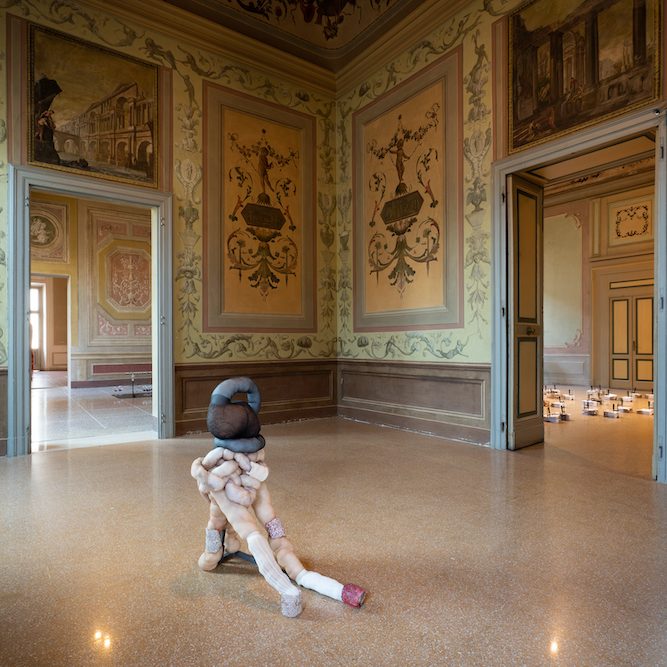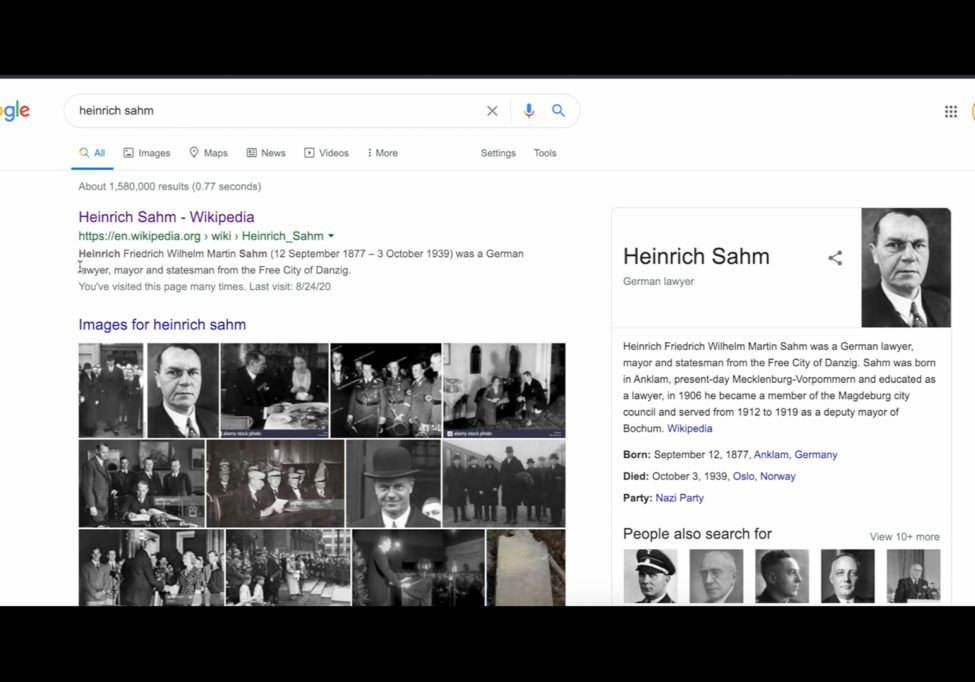Meet the Artist // Camilla Marinoni
Camilla Marinoni explores the profound intersections of social and spiritual aspects in daily life through a variety of artistic expressions. Her work, spanning installations, clothing, painting, and performance arts, revolves around the body—wounded, tended to, and dissected—a symbolic canvas reflecting on the meaning of human existence.
During her residency, she plans to delve into a two-year research project on organic forms inspired by observations of the human/animal body. Her upcoming ceramic sculptures will explore a new realm inhabited by undiscovered living organisms, sparking questions about their existence, origins, and perhaps, their place in a speculative future.
How would you describe your artistic practice?
My name is Camilla Marinoni, I’m from Italy. I studied sculpture in Milan at the Academy of Fine Arts in Brera. I make sculpture, installation, performance and sometimes installation-specific work with sound and video.
I’m a conceptual artist, in my artworks there is an intimate tale about the social and spiritual aspect of daily life and for me the body and the wounded body are very important to my work. This is the starting point for my studies and the topics that emerge from it. This is for me a stimulus, a reflection to see the meaning of our own existence.
I learned during (or after) my studies in the academy that it’s very important not to speak just about myself but to speak about people. I want people to empathize with my art so I talk about something that everyone can feel like death or disease.
My starting point is my own story and then I take the part that describes better every situation, it can be pain or a feeling. But for me it’s really important to take some distance and to go out of my body, out of my story, to be able to communicate that story to others in another way.

So, is there like any specific book or any specific artist or anything specific that inspires your work?
There are a lot of female artists that inspire my work, and I can’t make a list because it would be too long but it would be from Louise Bourgeois to Gina Pane. In terms of reading it can be from poetry, philosophy or feminist books that inspire me. Right now I have two favorite books that are clearly influencing my artwork here and came in the suitcase from Italy with me; both are from Jean-Luc Nancy: one is “Corpus” and the other is “Il corpo nell’arte”.
Another book that inspires my artwork in general and my statement as an artist is “Finitudine” by Telmo Pievani who is a philosopher and a biologist, it is a philosophical novel about fragility and freedom. I have read him before but this book was very important for me. It changed my mindset and got me to focus on my studies and the kind of sculpture I make now.
And how did your artistic journey begin?
When I was a child, as a baby I cried so much and drawing calmed me every time. A funny story is that when my mother left me at the kindergarten everyday, I couldn’t stop crying no matter what. My teacher used to put me on a little chair and at a little table with a sheet of paper and colors, from that moment I started to draw and that kept me so focused all the day and nothing mattered anymore for me from that moment, even when I raised my head up and realized my mom was not there. Drawing has always comforted me.
Do you have any story or memorable anecdote from your artistic journey that had an impact on you?
A very important time was during the TAM (Artistic Treatment of Metals) course that I took in the region named Marche with Nunzio, who is an important Italian artist and assisted by Arnaldo Pomodoro. When I spoke with him and other people from the course, I understood that the body was my starting point to create something and completely change my vision, my method to be an artist and to create art.

How do you see your art sitting in the contemporary art world and in the contemporary art market?
I think it’s related to the topics I talk about. I try to give people something to think and to speak about: memory, fragility, limits, the body, death, scars… I think artists can create an environment that gives people space and time to think about these topics.
How is the city of Berlin influencing your artwork and your way of producing?
Berlin is an incredible city, there are a lot of galleries and museums and I try to catch up as much as possible. Even though every exhibition I saw influenced my work a little bit, I especially loved two museums here: the Museum of Natural History and the Museum of History of Medicine at the Charité. They were very interesting for me because you have access to the interior of the body with its shapes and deformations like a little wing, organs with diseases and strange things.
How is living with other artists influencing your artwork?
I think we are constantly influencing each other because when we are playing or drinking wine we speak about exhibitions and our experiences. My line of work was already very well defined before I arrived, the theme of the body comes from before, it is a process of work already prior to the residency, but in the end it is normal to influence us so much as the residency is to be in constant critical thinking and in constant contact and in the end it is normal for ideas to fluctuate. For example when Nina (Criswell) came with me to see the Medicine Museum we started talking, she told me that her mum was a doctor and I hadn’t thought that my mum was also related to medicine, she was a nurse. I have always used these kinds of topics in my work but this is a process, a connection, that comes after that even though it has always been there.
And what are your plans afterwards?
I need to go back to Italy. I have two exhibitions planned. The last one is a group exhibition in Monza, Italy, at the Royal Villa in May and I want to apply for another residency or change my life in some way.












